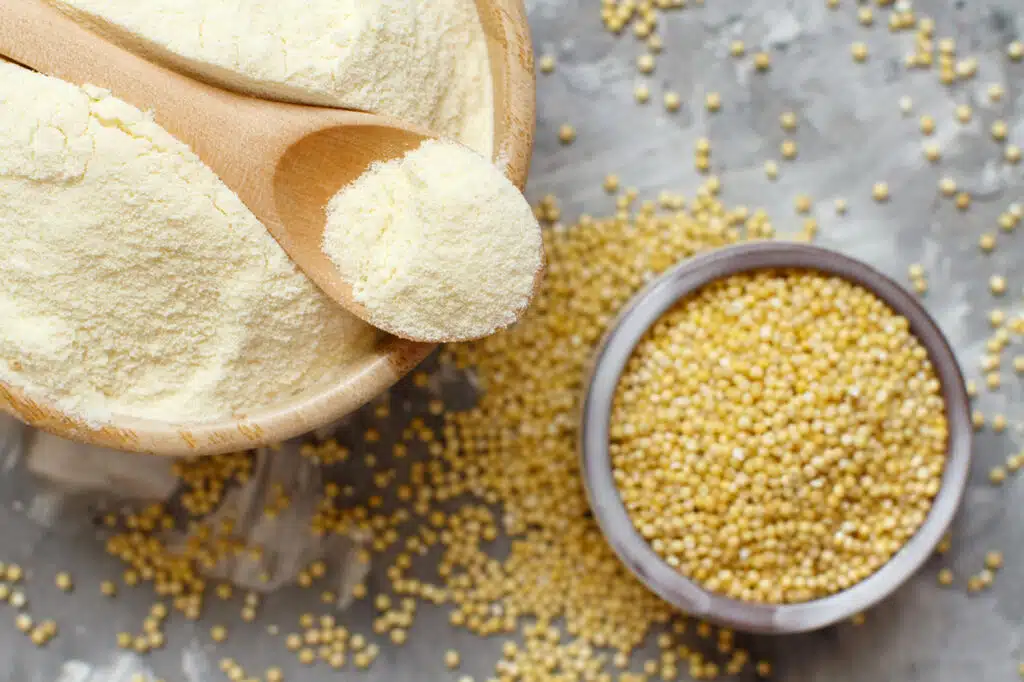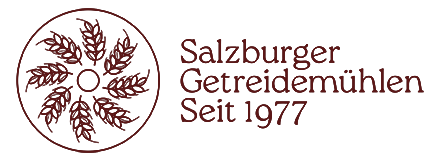
This small, round grain has nourished cultures around the world and is now experiencing a remarkable resurgence. We will explore the history of millet, highlight its health benefits, and provide practical tips on how to incorporate it into your diet.
Millet is a collective term for various small-grained cereals, including pearl millet, proso millet, foxtail millet, and teff. This grain has been cultivated for thousands of years in Europe, Africa, and Asia. In Europe, millet porridge was particularly popular among the Gauls and Germans. However, in the 19th century, millet cultivation was largely replaced by higher-yield crops such as corn and potatoes.
Millet boasts an impressive nutritional profile. It contains essential minerals and trace elements, including iron, which is found in millet at three times the concentration of wheat. Additionally, millet is rich in silica, a compound formed from silicon and oxygen. Silicon is an essential element that must be obtained through food and is believed to benefit bones, skin, and hair. However, scientific evidence for these effects is still under discussion.
Today, millet is making a comeback, particularly in whole-food and gluten-free diets. Thanks to its mild, slightly nutty flavor, it is suitable for both savory and sweet dishes. Before cooking, millet should be thoroughly washed to remove any residues. It absorbs four times its volume in water and cooks in approximately 30 minutes. Whether as a side dish, in casseroles, or as a breakfast porridge, millet is a highly versatile grain.
Due to its high mineral content, including iron and magnesium, millet can be a valuable addition to a balanced diet. It is also gluten-free, making it an excellent alternative for people with gluten intolerance. The silica it contains is traditionally associated with positive effects on skin, hair, and nails, although further scientific research is needed to confirm these benefits.
Once a staple food in many cultures, millet deserves a firm place in modern kitchens due to its versatility and health benefits. Whether as a nutritious side dish or the main ingredient in creative recipes, incorporating millet into your diet can be both flavorful and beneficial for your health.
Address:
Gasteigweg 25,
5400 Hallein
Austria
Opening hours:
Monday to Thursday: 09 – 16:00
Friday: 09 – 12:00
Contact:
Phone: +43 6245 83282
E-mail: [email protected]
Address:
Gasteigweg 25,
5400 Hallein
Austria
Opening hours:
Monday to Thursday: 09 – 16:00
Friday: 09 – 12:00
Contact:
Phone: +43 6245 83282
E-mail: [email protected]

